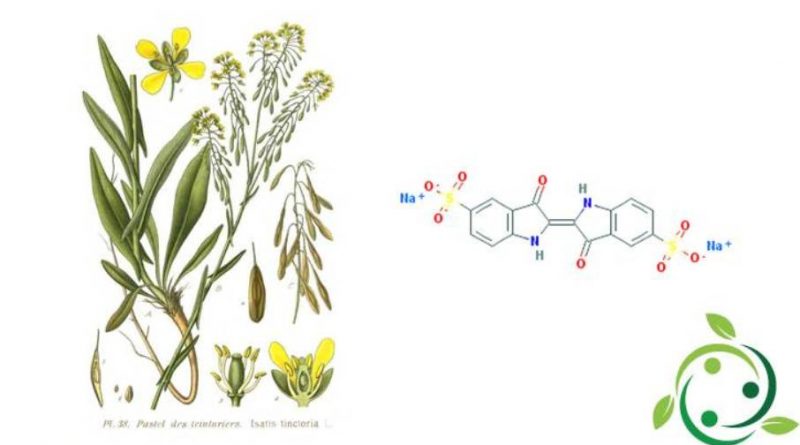Indigotine
Indigotine
Indigotine, whose term in the IUPAC nomenclature is: Disodium; (2E) -3-bone-2- (3-bone-5-sulfonate-1H-indol-2-ylidene) -1H-indol-5-sulfonate and whose brute or molecular formula is: C16H8N2Na2O8S2 is therefore the sodium salt 5.5′-indigodisulphonic acid, solid in appearance and odorless dark blue color.
Indigotine is a pH indicator also known by the abbreviation E132, in the European coding of food additives.
Indigotine is a substance that is approved for use as a food coloring in the United States and Europe.
Indigotine, although almost completely produced synthetically, is present in nature and can be extracted from two species in particular that are the ford (Isatis tinctoria L.) and the indigo of the dyers (Indigofera tinctoria L., 1753).
Indigo carmine is a blue colored dye used in candies, syrups, candied fruit, biscuits and sweets. It is considered slightly toxic and could be carcinogenic, although there are not enough studies to define it as such. In case of allergies, indigotine can be responsible for nausea, vomiting, urticaria, hypertension and respiratory problems. In general, its effects on human health are not fully understood.
In some cases, indigo carmine can be used in cosmetics.
Warning: The information shown is not medical advice and may not be accurate. The contents are for illustrative purposes only and do not replace medical advice.

